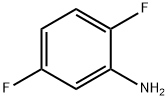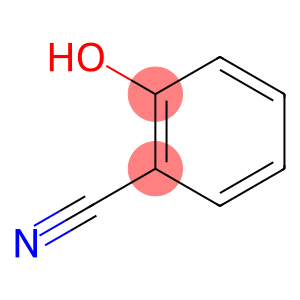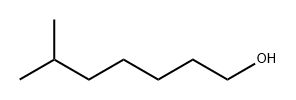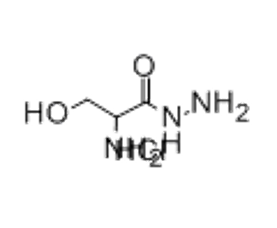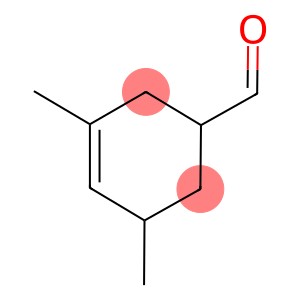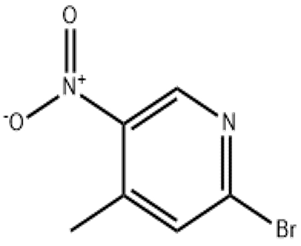3-Trifluoromethoxyphenol(CAS# 827-99-6)
| Risk Codes | R20/21/22 – Harmful by inhalation, in contact with skin and if swallowed. R36/37/38 – Irritating to eyes, respiratory system and skin. |
| Safety Description | S26 – In case of contact with eyes, rinse immediately with plenty of water and seek medical advice. S27 – Take off immediately all contaminated clothing. S36/37/39 – Wear suitable protective clothing, gloves and eye/face protection. |
| UN IDs | 2927 |
| WGK Germany | 3 |
| HS Code | 29095000 |
| Hazard Class | IRRITANT |
Introduction
M-trifluoromethoxyphenol. The following is an introduction to its nature, use, manufacturing methods and safety information:
Quality:
M-trifluoromethoxyphenol is a white crystalline solid that is soluble in organic solvents such as ethers and alcohols, but insoluble in water. It is highly acidic and oxidizing.
Uses: It can also be used as an additive in antioxidants, flame retardants, and photoinitiators, among others.
Method:
M-trifluoromethoxyphenol can be prepared by trifluoromethylation of cresol. The specific step is to react cresol with trifluoromethane (fluorinating agent) in the presence of a reactive agent to generate m-trifluoromethoxyphenol.
Safety Information:
M-trifluoromethoxyphenol does not cause significant harm to the human body under normal conditions of use. It is a chemical and care should be taken to avoid inhaling dust or skin contact. Appropriate personal protective equipment such as protective gloves and eyeglasses should be worn during use. When storing and handling, relevant safety operations and regulations should be observed, contact with ignition sources should be avoided, and mixing with substances such as oxidants and strong acids should be avoided. In the event of an accident such as a leak, appropriate emergency measures should be taken to deal with it and a professional should be consulted.



